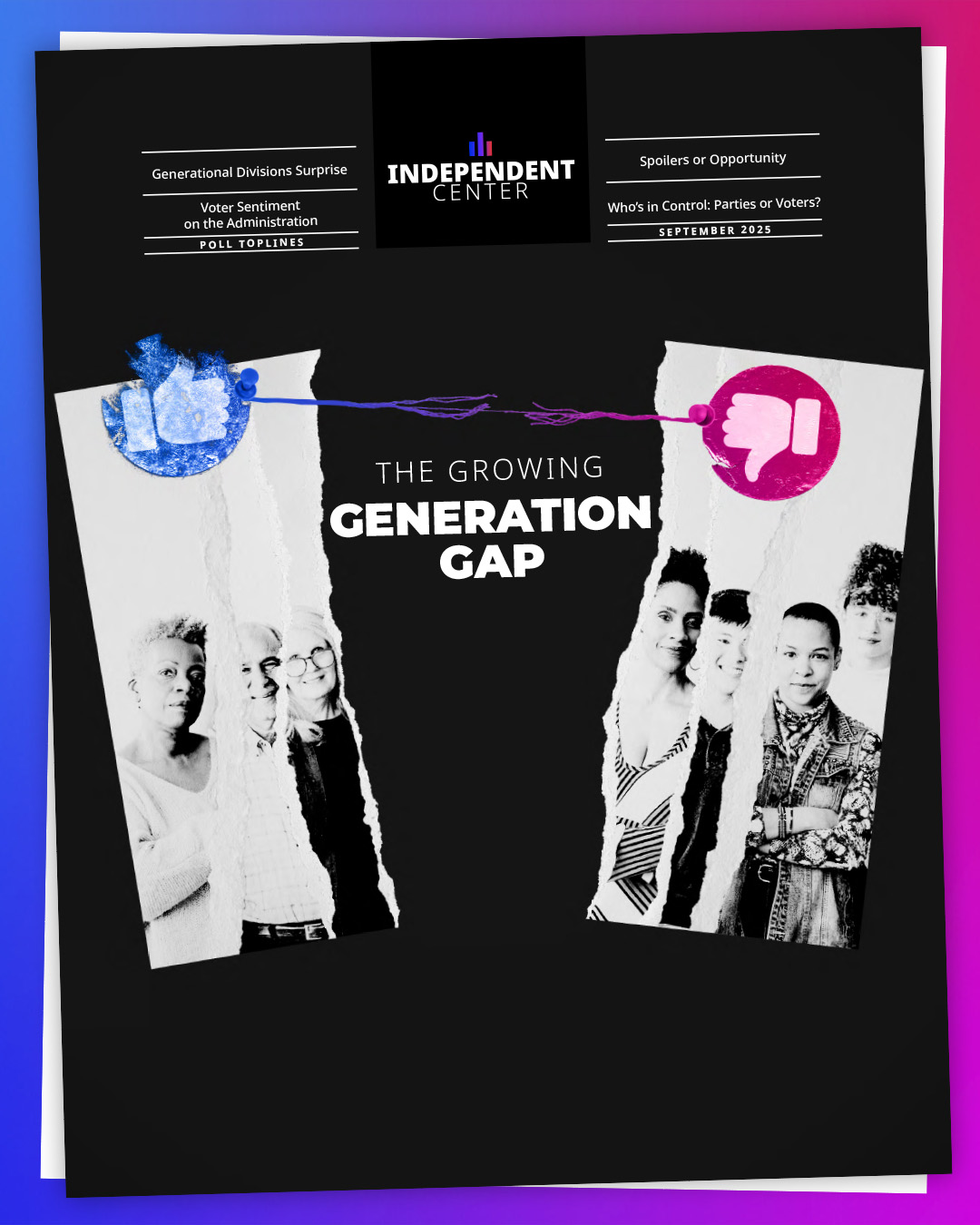As the political landscape shifts, independent voters and digital influence will play a pivotal role in shaping the future.
The Big Picture
To say that 2024 was a dramatic year is an understatement. From political violence and an assassination attempt to President Joe Biden withdrawing from the election months before voters headed to the polls, the political landscape has changed drastically.
As we look ahead to 2025 and a second Trump presidency, five key trends will shape the year’s political narrative.
Zooming In
1. A shifting media landscape
The way Americans consume news is undergoing a seismic shift. Traditional media outlets are rapidly losing their influence:
- The average MSNBC viewer is now 70 years old.
- More than 20 percent of Americans now consider podcasts their primary news source.
- Digital platforms, not TV or print, now drive political narratives.
At the same time, the days of large congressional majorities are over. In 2024, only 22 out of 435 House seats were competitive, and a similar number will be in play for 2026. This means that small shifts in voter sentiment can have an outsized impact.
2. The power of swing voters
With such narrow congressional margins, control of the political narrative will fall to swing voters—particularly independents who hold the balance of power.
While partisan bases remain important, independent voters will determine the future of American politics. This makes it essential for both parties to craft messages that appeal beyond their core supporters.
3. Money in politics is evolving
In 2024, billions of dollars were poured into political campaigns, yet traditional ads and old-school media failed to drive meaningful change. Instead, the real currency in politics today is authenticity.
- In the era of influencers, candidates and organizations that can connect with voters transparently and relatably will have the upper hand.
- Traditional political messaging is losing effectiveness, making digital engagement more critical than ever.
4. The surge of independents
In a historic shift, independent voter turnout surpassed that of Democrats by three points, reaching 34 percent in 2024. This trend indicates growing disillusionment with the two major parties and an increasing demand for a new approach to governance.
Independent voters now hold the power—both in elections and in shaping policy debates.
5. The debt crisis is being ignored
Despite its enormous economic impact, the national debt remains largely absent from major political discussions. While initiatives like the Department of Government Efficiency (DOGE) commission represent a step forward, meaningful fiscal reform must address mandatory spending—including Social Security, Medicare, and Medicaid, which consume the majority of the federal budget.
- In 2025, the U.S. budget is projected to reach $7 trillion, with mandatory spending taking the lion’s share.
- Without bipartisan support, substantial spending cuts will be nearly impossible to achieve.
- Deficits and the national debt will continue to be a pressing challenge.
Independent Lens
As we move into 2025, America’s political landscape is shifting faster than ever before. Independent voters will play a pivotal role in shaping elections, policymaking, and public opinion.
With the decline of traditional media, the rise of digital engagement, and the dissatisfaction with both major parties, the demand for pragmatic, results-driven leadership is growing. Independents must remain engaged and push for real solutions to pressing issues like economic stability and government reform.
The question is no longer just who will lead, but how America will adapt to these evolving forces—and whether independents will seize the opportunity to reshape the political landscape for the better.
Subscribe to our newsletter to stay informed on the influence of independent voters on America's future.





